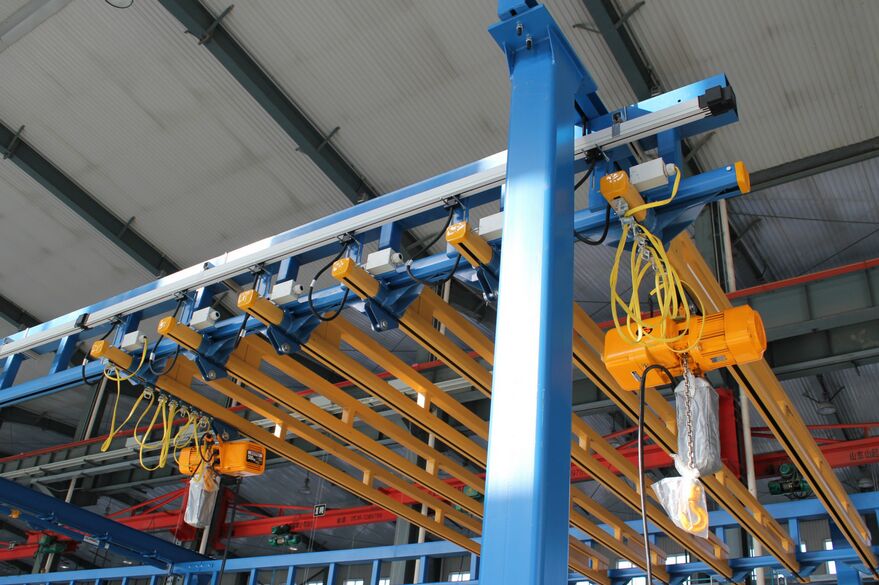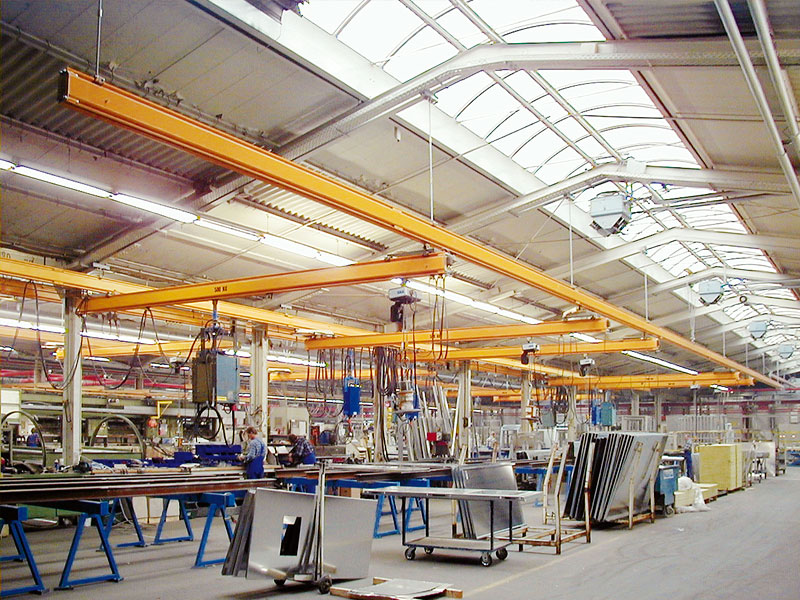Maintenance of KBK Rail Suspension Bridge Crane
KBK rail suspension bridge crane is a common suspension crane. It uses a track system made of lightweight aluminum alloy material, which can freely move and suspend heavy objects on the track. KBK rail suspension cranes are usually used in industrial production lines, warehouses, logistics centers and other places to improve material handling efficiency and work efficiency.

Features of KBK Rail Suspension Bridge Crane
● The track system made of lightweight aluminum alloy material has the characteristics of light weight and high strength.
● Suspension design allows you to move and hang heavy objects freely on the track, with high flexibility.
● It can be customized according to actual needs, including track length, suspension height, carrying capacity, etc.
● It is simple to operate, safe and reliable, and improves work efficiency.
Maintenance of KBK Rail Suspension Bridge Crane
● Cut off the power supply, unload the load, check whether the equipment is intact, and prepare the necessary tools and protective equipment.
● Check whether the connections of the track, trolley, electric hoist, control device and other components are firm, whether there is any looseness or damage, and whether there are any signs of wear or corrosion.
● Check whether the contact of electrical components such as trolley wires, current collectors, and cables is good, whether there is any breakage or burning, and whether there is any risk of leakage or short circuit.
● Check whether safety devices, limit switches, brakes, buffers and other functional components are working properly and whether there is malfunction or failure.
● Clean dust and debris on tracks, trolleys, electric hoists and other components, lubricate various moving parts, and replace worn or damaged parts.
● Carry out functional checks to ensure that all components are working properly and there are no abnormal or dangerous conditions.

If you want to know more about KBK suspension crane product details or customized solutions, please contact our technical team to provide you with free design services!

